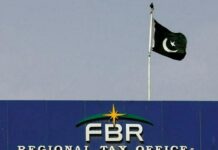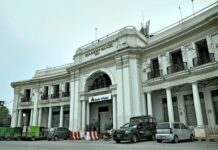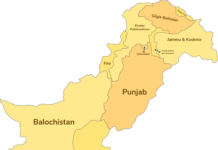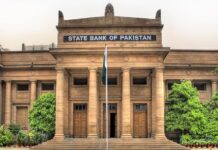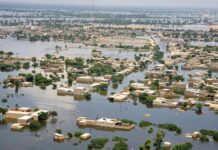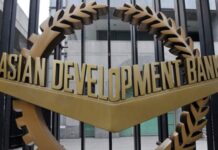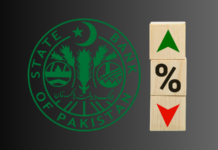Inequality in Pakistan is at ‘crisis’ levels
A new Oxfam report reveals how Pakistan’s wealthiest 10 percent command 42 percent of national income — a concentration that mirrors a regional pattern of inequality deepened by climate shocks and digital divides
SBP warns flood-related disruptions may widen imports, push inflation above target in FY26
Annual report says prudent monetary policy, fiscal consolidation, favourable global commodity prices, and IMF loan program helped strengthen macroeconomic stability in FY25
Pakistan requests IMF adjustment to fiscal targets after Rs744 billion flood damage: report
Agriculture sector hit hardest, accounting for Rs439 billion of the total losses; Fund reviews the situation, with further talks scheduled to address these issues
Pakistan floods batter fields, factories and fiscal plans
Analysts warn the impact could be deeper than in 2022; 220,000 hectares of rice fields are flooded, wheat sowing faces risks, and cotton shortfall affects the textile sector
Pakistan’s 2025 floods inflict $1.4 billion damage, agriculture sector hardest hit: report
Punjab 1.3 million acres of crops submerged; agricultural output may drop 15–20%, potentially reducing GDP by 0.5–1.0%
IIF warns Pakistan’s sustainable recovery at risk due to lack of structural reforms
Economic stability achieved but long-term sustainability threatened by unresolved issues in tax, privatisation, and energy sectors
Pakistan records 9-year low fiscal deficit of 5.38% in FY25, outperforming govt, IMF projections
Fiscal deficit reduction is attributed to 36% YoY growth in total revenues, which outpaced 18% growth in expenditures; primary surplus rises to 2.4% of GDP; tax-to-GDP ratio hits seven-year high of 11.3% in FY25
ADB revises Pakistan’s GDP growth estimate for FY2025 to 2.7%, keeps FY26 projection unchanged
Revised growth estimate reflects stronger-than-expected performance in industry and services, despite anticipated declines in agriculture
Pakistan’s macroeconomic performance remains resilient despite global headwinds: report
Strong fiscal consolidation reduces deficit to 3.7% of GDP, supported by record tax revenue; external sector records $1.8 billion current account surplus driven by record remittances
ADB identifies political instability, security concerns, external shocks as major threats to Pakistan’s economic recovery
Continued fiscal consolidation and broad-based policy reforms are essential to improving the country’s economic stability and growth, says the regional bank
Govt identifies several risks to upcoming fiscal year’s budget, medium-term outlook
Finance minister and secretary finance outline seven categories of fiscal risks including slow GDP growth, inflation, SOE losses, and climate disasters
Pakistan’s fiscal year net borrowing reaches Rs2.54tr by June 6
Weekly government debt rises by Rs138bn, mostly for budgetary support; scheduled banks remain major financing source
Federal cabinet approves Rs1.275 trillion bank loan to cut power sector circular debt
Markup for the loan set at 0.9percent below KIBOR
MPC keeps interest rate at 11%; flags inflation and trade deficit risks
Central bank adopts wait-and-see approach amid inflation risks and external imbalances
Pakistan prioritizes green ports and climate-resilient maritime infrastructure in new strategy
PQA, KPT, and MFD reforms align with global climate and trade goals



